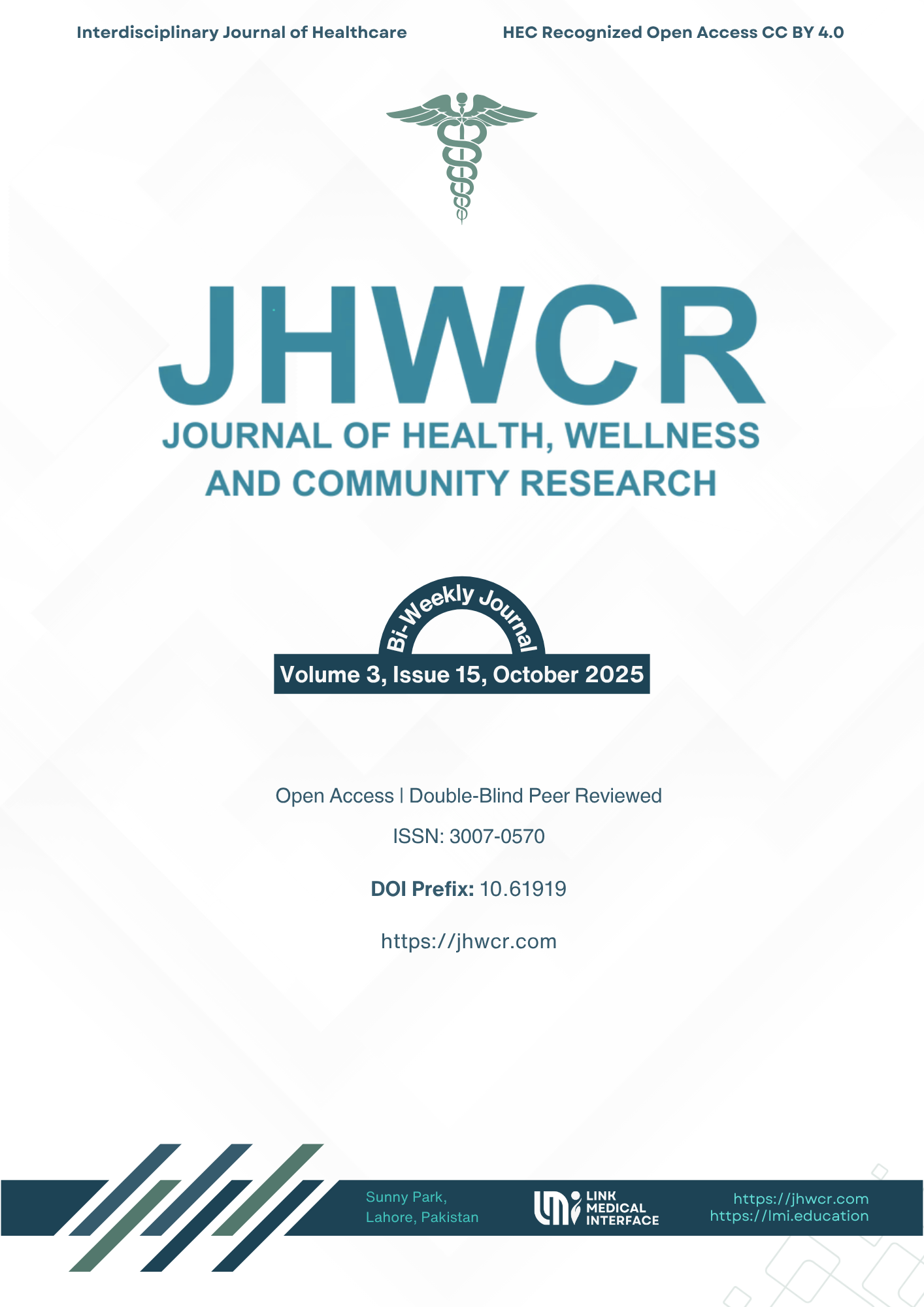Allergicard: A Breakthrough in Dust Allergy Prevention
DOI:
https://doi.org/10.61919/mbtcvk32Keywords:
Dust Allergy, Allergic Rhinitis, House Dust Mite, Randomized Controlled Trial, Allergicard, Prevention, Wearable Device.Abstract
Background: Dust allergy, primarily triggered by house dust mite (HDM) exposure, remains a major contributor to allergic rhinitis and asthma worldwide, affecting millions and often resulting in chronic medication dependence. Conventional preventive approaches, including allergen avoidance and pharmacologic therapy, offer only partial control and limited sustainability. A novel wearable device, Allergicard, derived from Aquilaria malaccensis bark extract, was developed to create a localized allergen-shielding effect through physical and biochemical mechanisms, offering a potential paradigm shift in allergy prevention. Objective: To evaluate the efficacy and tolerability of Allergicard in preventing HDM-induced dust allergy symptoms in adults with confirmed allergic rhinitis. Methods: A randomized, double-blind, placebo-controlled clinical trial was conducted at a tertiary center in Lahore, Pakistan, from April to June 2025. One hundred adults were allocated equally to Allergicard or placebo arms. The primary outcome was changed in Total Nasal Symptom Score (TNSS) from baseline to 14 days, with secondary outcomes including time to medication-free status, cumulative medication-free days, and mini-RQLQ quality-of-life scores. Results: Mean TNSS decreased by 96% in the Allergicard group (8.2 ± 1.1 to 0.3 ± 0.5) versus 6% in placebo (8.3 ± 1.2 to 7.8 ± 1.3; p < 0.001). All Allergicard users became medication-free within three weeks compared with none in the placebo arm. No adverse events occurred. Conclusion: Allergicard provided complete and sustained prevention of dust allergy symptoms, supporting its potential as an effective, safe, and non-pharmacologic approach to dust allergy prevention in human healthcare:
Downloads
Published
Issue
Section
License
Copyright (c) 2025 Maaz Ahmad, Hamna Ahmad, Neelam Raheel, Mussab Ahmad, Mursalin Ali, Tehreem Munir (Author)

This work is licensed under a Creative Commons Attribution 4.0 International License.


